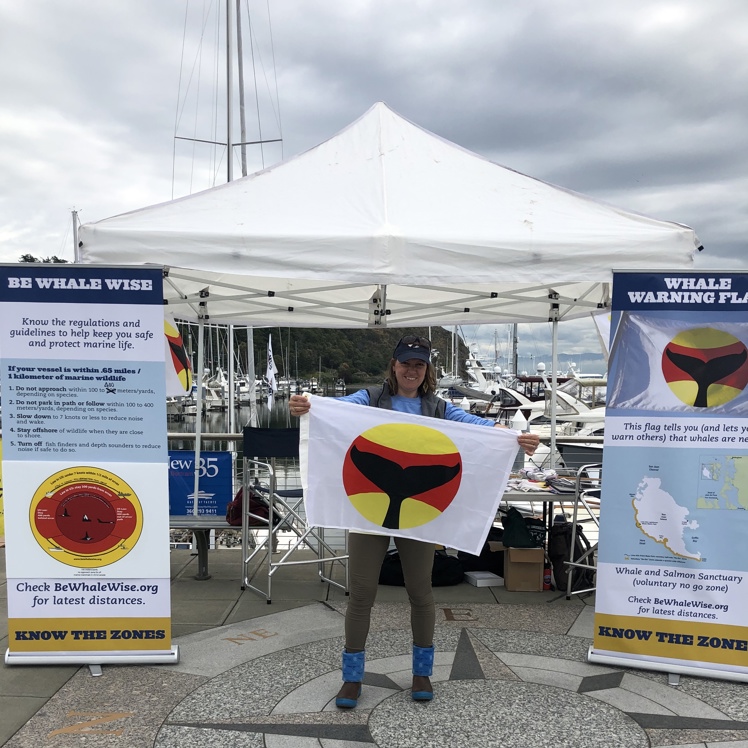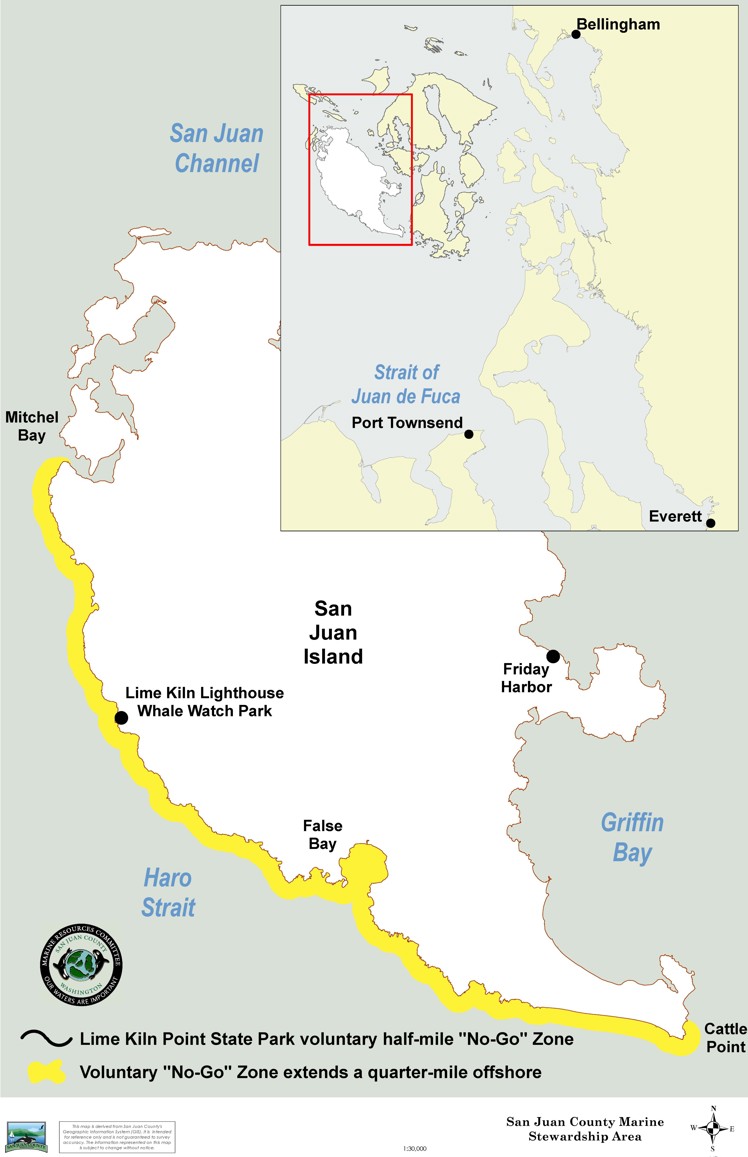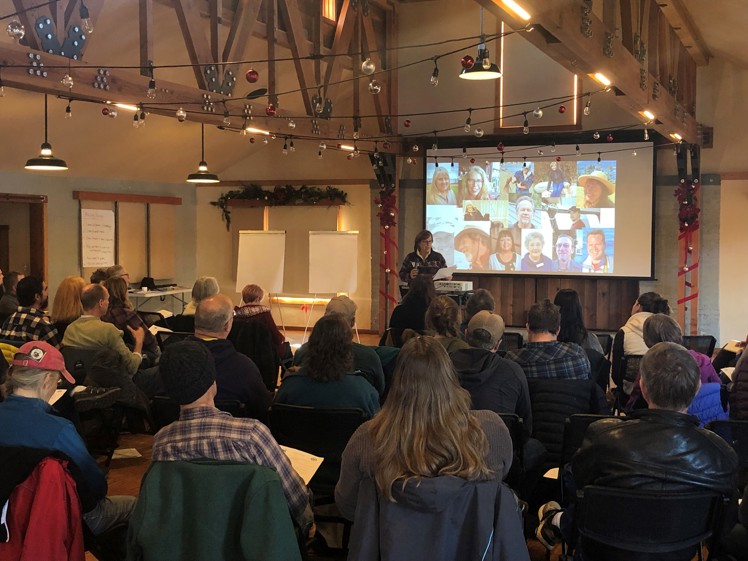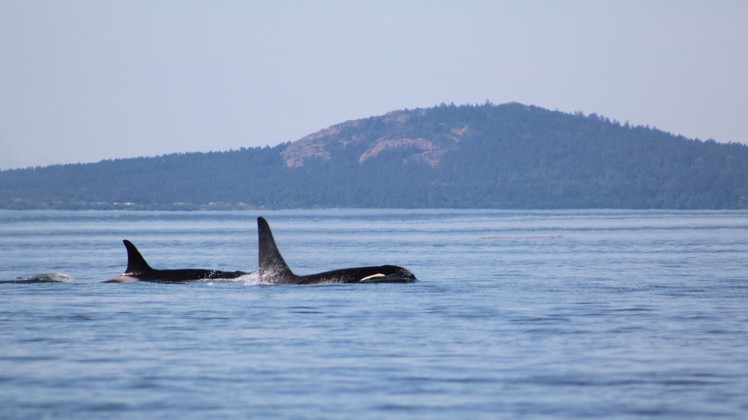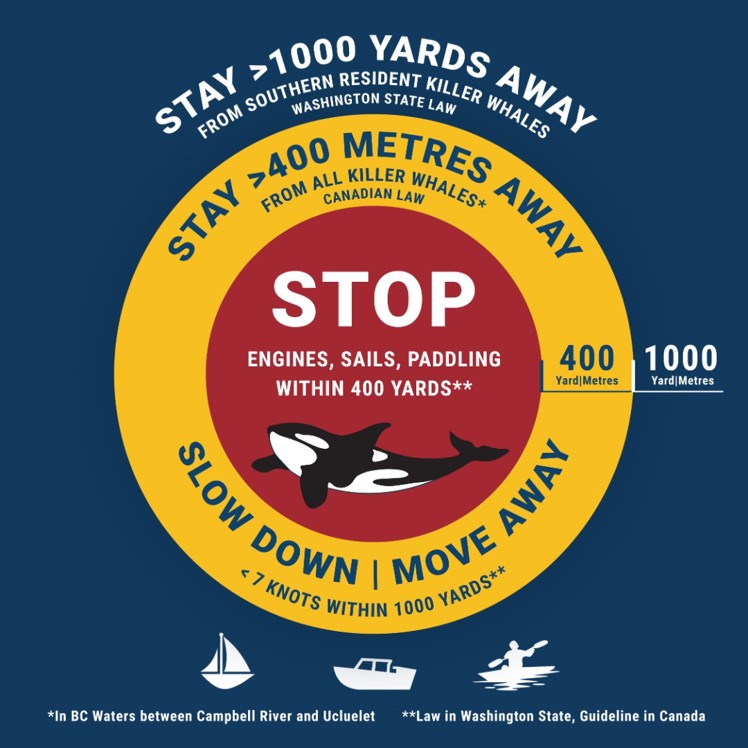
New Distance Regulations Beginning January 2025
New distance regulations take effect for Southern Resident Killer Whales (SRKW). Starting January 1, 2025, new rules in Washington State waters require boaters to stay at least 1,000 yards/meters away on all sides from Southern Resident Killer Whales. In Canadian waters, the distance regulation remains 400 yards/meters away from all killer whales.
Boaters are also required to:
- Slow down to less than 7 knots within ½ mile of any killer whales.
- Disengage engines if whales approach within 400 yards.
Identifying whale species while underway can be challenging. To protect endangered SRKW, it’s best to treat all orcas as Southern Residents and maintain a safe distance.
Always follow the Be Whale Wise guidelines to help safeguard these iconic marine mammals. Pay attention to Whale Warning Flags or get yours today! Let's do our part to protect the remaining members of this incredible species and give all whales space.
